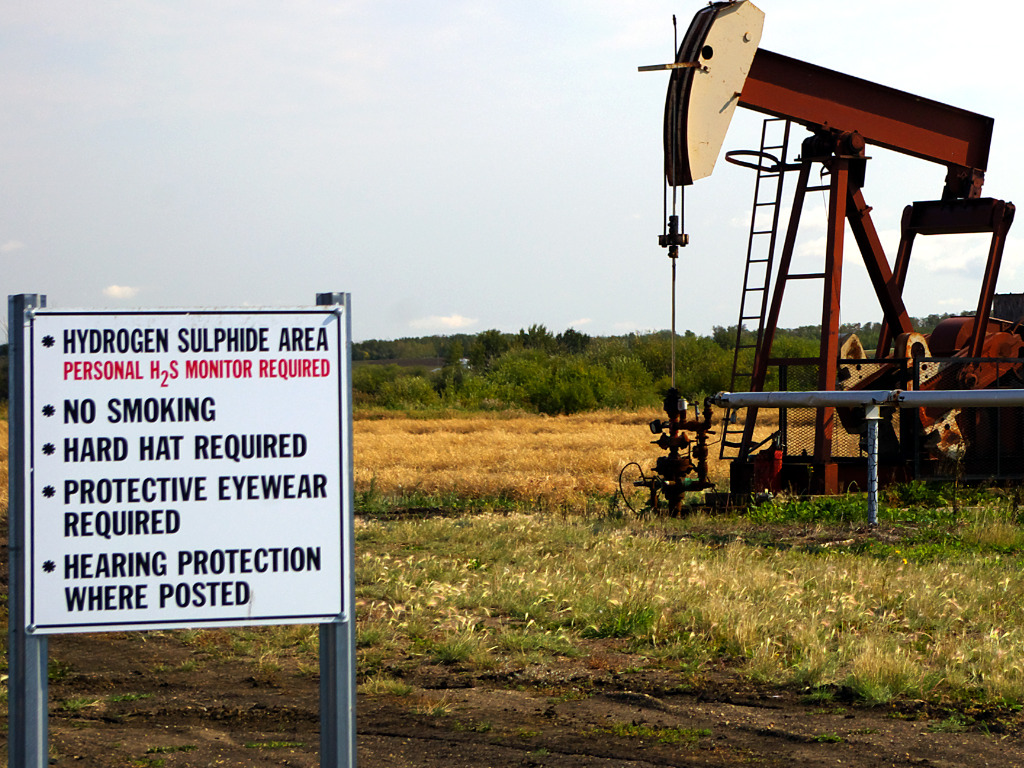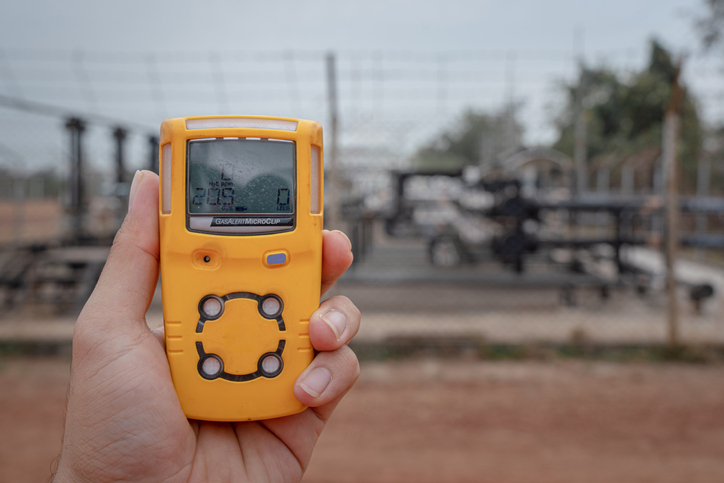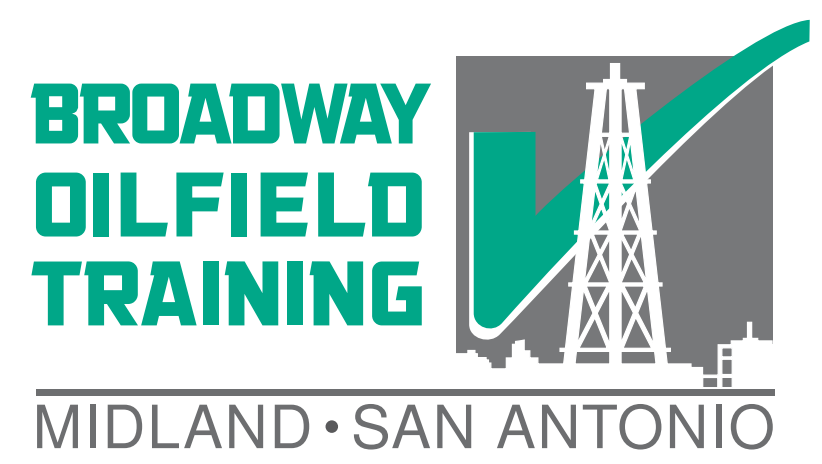H2S and four gas monitors
Do you need to add an H2S monitor to your hydrogen sulfide awareness training in Midland? We have h2s monitors available for sale at the Midland training center.
These H2S monitors are the Honeywell bwc2-h which is the most popular oilfield style. Count on your h2s monitor delivering two years of maintenance free operation. These H2S monitors are durable and fare well in all weather conditions. Make sure that the monitor is worn within the breathing zone and avoid contaminating the sensor with oil, dirt, or chemicals.
Bump tests are recommended by the manufacturer. We can help you with your bump test in midland as well. The monitor bump test service comes with a certificate that you can take with you for your files.
Four Gas Monitors are also available
Four gas monitors detect H2S, explosive methane, carbon monoxide, and oxygen levels. These monitors are larger than the single gas h2s monitors in order to store more gas sensors. The four gas monitors must be recalibrated every 6-months to ensure that each of the sensors are reading properly. The monitor unit should also be plugged in to recharge every night to keep the battery at full power.
Do you need your four gas monitor recalibrated? We can recalibrate your four gas monitor with 24 hour turnaround service including calibration certificate and sticker. Calibration should be done every 6 months so make sure to bring your four gas monitor in today before it runs out.
Four Gas monitor rental
If you need a four gas monitor for a short period of time in Midland. Please ask us about current availability for rental four gas monitors.
It is important that your personal H2S gas detector works properly. For those oilfield workers in Midland, trips to the oilfield can result in deadly H2S exposures. To prevent the hazards involved with working around Hydrogen sulfide, always make sure to check the site for any potential sources and take extensive steps to minimize worker contact. Controls such as elimination or ventilation can help to make sure that the work site is free of H2S or at least has a lower level of the gas. Personal H2S monitors, however, must continue to be worn to be sure the worker is alerted in case levels of hydrogen sulfide gas begin to return.



